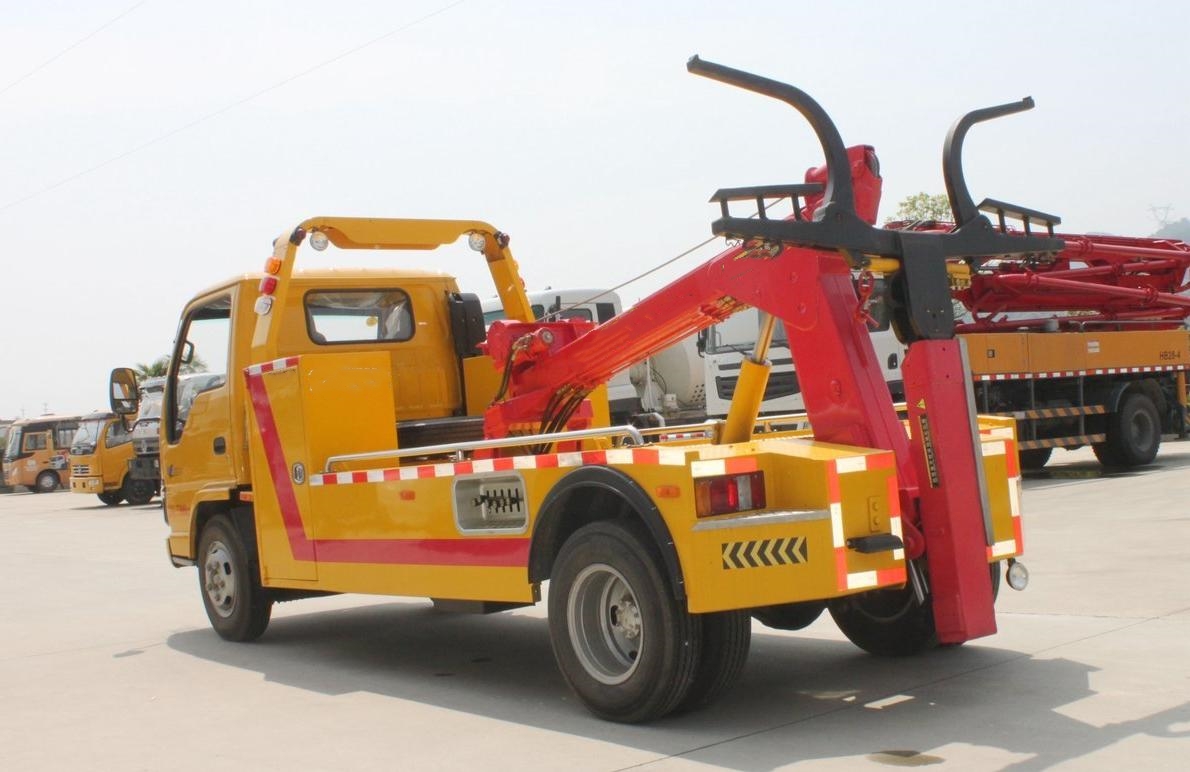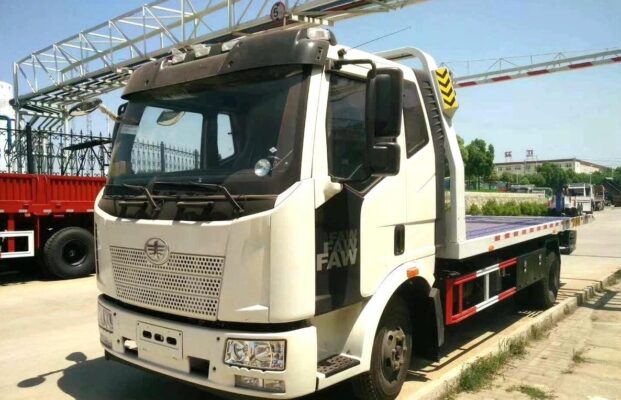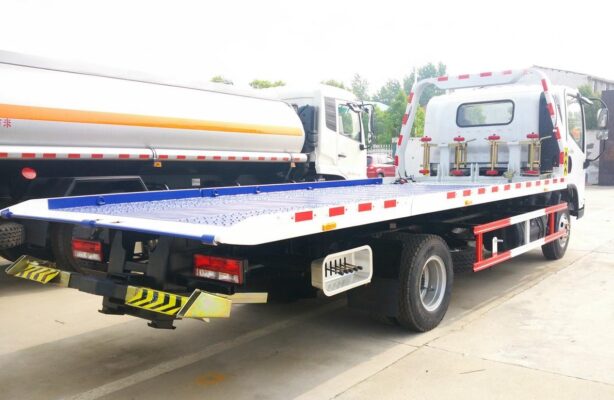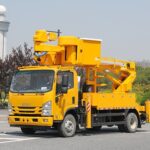Electric separation-type jacks are essential tools used in various industries for lifting and positioning heavy loads. Their effectiveness relies not only on their design and construction but also on proper usage and maintenance. While these jacks can significantly enhance operational efficiency and safety when used correctly, improper handling can lead to accidents, equipment damage, and even personal injury. This article outlines critical precautions that users should follow when operating electric separation-type jacks to ensure safe and efficient use.
1. High-Pressure Hose Testing
One of the most crucial components of electric separation-type jacks is the high-pressure hose, which is responsible for transporting hydraulic fluid to lift heavy loads. Understanding the importance of regular hose maintenance is vital for ensuring the safety and functionality of the jack.
Factory Testing
At the manufacturing stage, high-pressure hoses are typically tested at a pressure of 105 MPa (1050 kgf/cm²). This rigorous testing is designed to ensure that the hose can withstand operational pressures without failure.
Regular Inspections
Due to the aging nature of rubber hoses, regular inspections are essential. Users should perform these inspections every six months, or every three months for those using the equipment frequently. Inspections should include:
- Visual Checks: Look for signs of wear, cracks, or other damage that may indicate that the hose is no longer safe for use.
- Pressure Testing: Conduct a pressure test at 87.5 MPa (875 kgf/cm²) to ensure the hose can still handle operational pressures.
Signs of Failure
During inspections, be vigilant for any signs of:
- Bursting: Any visible tears or ruptures in the hose material.
- Bulging: Any areas where the hose appears to swell or expand outward, indicating internal pressure build-up.
- Leakage: Any signs of hydraulic fluid escaping from the hose.
If any of these signs are present, the hose should be immediately removed from service and replaced to prevent accidents and ensure the safety of the operation.
2. Avoid Disconnecting Under Load
One of the most critical safety precautions when using electric separation-type jacks is to never disconnect the quick couplings while the jack is under load. Disconnecting the quick couplings while the jack is still lifting or holding a heavy load can lead to catastrophic failures, such as:
- Load Drop: If the hydraulic connection is severed, the load can fall suddenly, posing a serious risk of injury to personnel and damage to equipment.
- Equipment Damage: The sudden release of pressure can cause damage to the jack itself, potentially leading to costly repairs or replacements.
Always ensure that the jack is fully lowered and that the load has been removed before disconnecting any hydraulic connections.
3. Oil Maintenance
Electric separation-type jacks rely on hydraulic oil to operate effectively. Proper oil maintenance is crucial for the performance and longevity of the jack. Here are key points to consider:
Oil Quality and Level
- Regular Checks: Frequently check the oil level to ensure that it is within the recommended range. Low oil levels can lead to inadequate hydraulic pressure and poor lifting performance.
- Oil Quality: Inspect the hydraulic oil for signs of contamination or degradation. Contaminated oil can lead to blockages, leaks, and decreased efficiency.
Maintenance Practices
- Oil Replacement: Follow the manufacturer’s guidelines regarding oil replacement intervals. Regularly replacing the oil helps maintain optimal performance and prevents damage to the hydraulic system.
- Sealing: Ensure that all seals and connections are tight to prevent oil leaks. Any leaks can compromise the performance of the jack and lead to safety hazards.
4. Addressing Air Lock
Air locks can occur in hydraulic systems when air becomes trapped in the fluid, preventing the jack from functioning correctly. Addressing air locks promptly is crucial for maintaining efficient operation.
Steps to Release Air Lock
- Loosen the Oil Drain Screw: Start by loosening the oil drain screw located on the pump.
- Position the Pump: Hold the pump vertically with the head facing downwards.
- Operate the Pump: Cycle the pump a few times to release trapped air.
- Retighten the Screw: After allowing the air to escape, tighten the drain screw and continue using the jack.
Importance of Timely Action
If an air lock occurs, it can cause the piston rod to bounce or operate erratically. Promptly addressing air locks not only improves performance but also helps extend the lifespan of the jack by preventing undue stress on the hydraulic system.
5. Purging Air from New or Inactive Jacks
When using new jacks or those that have been inactive for an extended period, it is common for air to accumulate in the cylinder. This trapped air can affect the initial operation of the jack, leading to erratic movements and inefficient lifting.
Steps to Purge Air
- Cycle the Jack: For new jacks or those that have been idle, it is recommended to cycle the jack empty 2-3 times. This process helps to expel trapped air from the hydraulic system.
- Regular Cycling: If the jack has been unused for an extended period, the seals may harden due to inactivity. To maintain the integrity of the seals and the overall functionality of the jack, it is advisable to cycle the jack empty 2-3 times each month during periods of inactivity.
Benefits of Regular Cycling
Regularly cycling the jack helps ensure that the hydraulic fluid remains circulating, which can prevent seal degradation and ensure that the jack operates smoothly when needed.
6. General Operating Precautions
In addition to the specific precautions outlined above, users should observe general operating precautions to maximize safety and efficiency when using electric separation-type jacks.
Proper Training
All personnel operating electric jacks should receive proper training. This training should cover:
- Operational Procedures: Understanding how to operate the jack safely and efficiently.
- Safety Protocols: Awareness of potential hazards and how to mitigate them during operation.
Personal Protective Equipment (PPE)
Ensure that all operators and nearby personnel wear appropriate PPE, including:
- Hard Hats: To protect against falling objects.
- Steel-Toed Boots: To guard against foot injuries in the event of heavy loads being dropped.
- Gloves: To protect hands while handling equipment.
Load Limits
Always adhere to the manufacturer’s specified load limits for the jack. Overloading can lead to equipment failure and pose significant safety risks. Ensure that all loads are properly balanced and secure before lifting.
Conclusion
Using electric separation-type jacks involves numerous safety considerations that must be followed to prevent accidents and ensure the efficiency of operations. Regular inspection and maintenance of high-pressure hoses, avoiding disconnections under load, and proper oil management are critical components of safe jack usage. Additionally, addressing air locks and ensuring proper training and equipment use further enhance safety and operational effectiveness.
By adhering to these precautions and best practices, users can maintain the reliability and safety of electric separation-type jacks, ensuring that these invaluable tools continue to perform effectively in lifting and moving heavy loads. Proper attention to detail in maintenance and operation will not only safeguard personnel but also protect equipment, ultimately contributing to a safer working environment.













